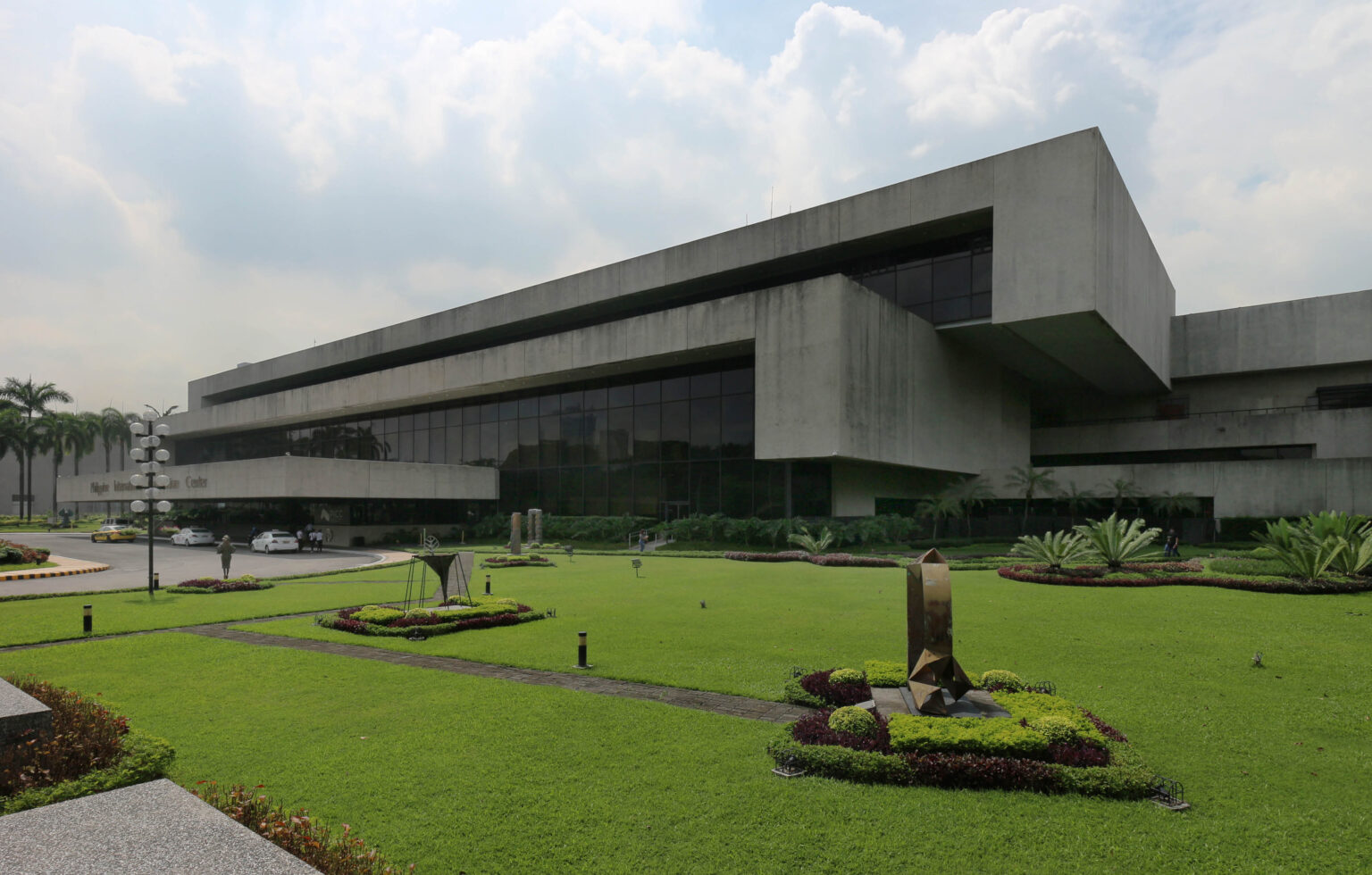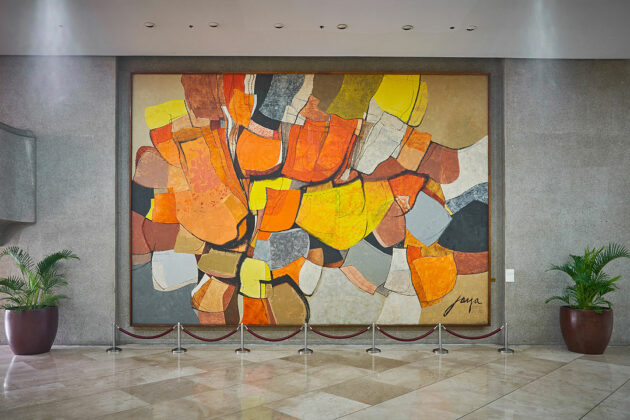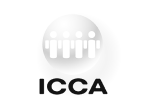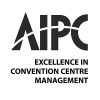An NCT is “a unique object found locally, possessing outstanding historical, cultural, artistic and/or scientific value, which is significant to this country and nation,” as defined under Section 3 of Presidential Decree 374. These highly valued cultural properties are indispensable in the understanding of history and culture of the Philippines. They are to be preserved and protected by the State through the National Museum of the Philippines.
To be considered as an NCT, cultural properties have to qualify as: (1) being historically significant because of their association with prehistoric events and past industries that are the foundation of the Filipino culture; (2) being aesthetically significant for their craftsmanship, mode, technical excellence, exquisiteness, expression of skill and quality of design and execution; (3) having research significance and outstanding scientific value because they are provenanced and recovered from a documented context; or, (4) representing aspects of 50,000 years of Philippine pre-history and early history.
As a member of the PICC board, I believe there are three other intangible attributes aside from the above-cited tangible aspects that have sustained PICC through the years. These “3 Cs” can also be of value to other organizations, including associations:
1. Clarity of purpose. This is what guides an organization and articulates why it does what it does, why it exists, and why it serves a higher cause. Over the years, PICC has adhered to its purpose as a public good by providing a world-class venue for holding international and local events.
2. Conscientious governance. This means leading the way with a sense of doing what is right, being transparent, and ensuring fairness to others. Right from PICC’s inception, its governance structure already clearly delineates the roles of the Board (strategic direction, policy-setting and oversight) and management (day-to-day operational execution), spells out specific responsibilities and accountabilities, as well as values openness, honesty and transparency.
3. Care for people. The capacity to care for the employees’ physical, mental, emotional and economic needs during the pandemic has been challenging to many organizations. In PICC’s case, it made sure its personnel keep their jobs and continue to receive their salaries, provided them vaccines immediately as they became available, gave them financial assistance in case of sickness, and let them work from home when necessary. Beyond its own people, PICC also allowed the use of one of it exhibition areas as a Covid-19 facility.
Octavio Peralta is currently the executive director of the Global Compact Network Philippines and founder and volunteer CEO of the Philippine Council of Associations and Association Executives, the “association of associations.” The PCAAE is holding its Associations Summit 10 (AS10) on November 23 and 24, 2022 at the PICC. E-mail: [email protected].












